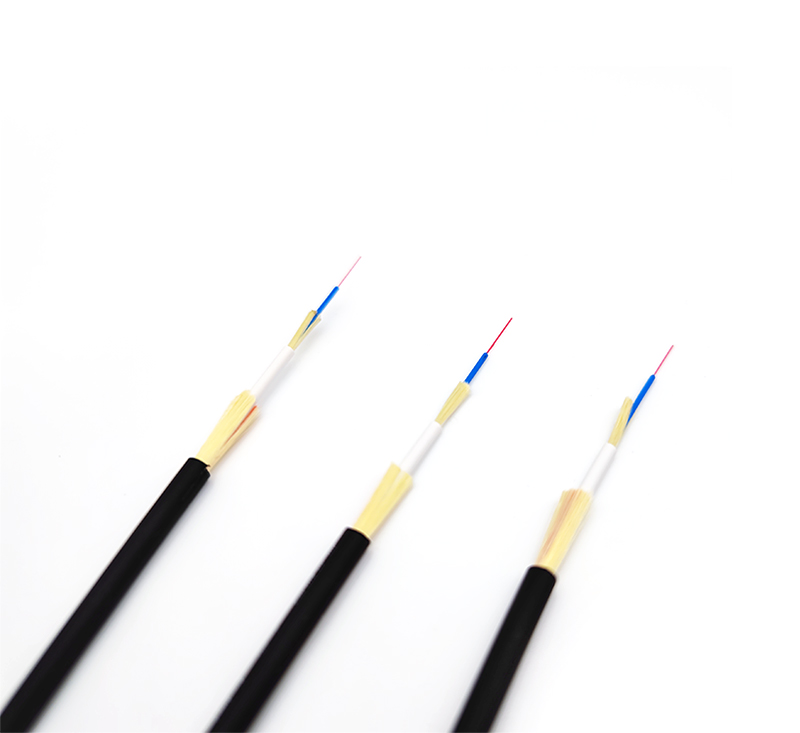In our current data center network, fiber optic cable is an absolute development path, and it is one of the transmission equipment that many people have placed high hopes on. As the most popular transmission line at present, optical fiber has a longer transmission distance than twisted pair, and is more stable and less expensive than coaxial cable. In addition, the bandwidth capacity of optical fiber can also meet our needs for network transmission. There are also many ways to choose fiber optic cables. Let's take a look at how to choose fiber optic cables according to requirements and characteristics.

For optical fibers, according to the number of cores, it can be divided into four types: central bundle type, layered type, skeleton type, and ribbon type. Different uses have different structures, so everyone needs to be clear about their uses before choosing. First of all, let's look at the central beam tube type. The central beam tube type can be said to be the lowest cost among several types of optical fibers. Therefore, it has a very obvious advantage in the protection of better transmission trunk lines.
Compared with the "fragile" layer-stranded optical fiber of the central bundle type, it has stronger toughness. It adopts the method of adding steel strands or steel wires in the middle, so it has waterproof, strong tensile strength, or can adapt to strong pressure measurement. Features. So it can be buried directly in the ground without special protection. At the same time, because it does not need to completely cut off the entire cable when constructing a branch, it can be applied by simply connecting the cable fork. Therefore, this also provides more convenient construction and maintenance conditions for data communication networks and the like.
Among these types of optical cables, the ribbon cable has the largest core capacity. Since it uses 4-12 core optical fibers arranged in rows to form units, and then the units are combined and arranged, so it can increase the number of ribbon optical fibers to thousands of cores, which also greatly expands the bandwidth of the line. Therefore, the current network-level optical cables generally use bundled and continuous types.










